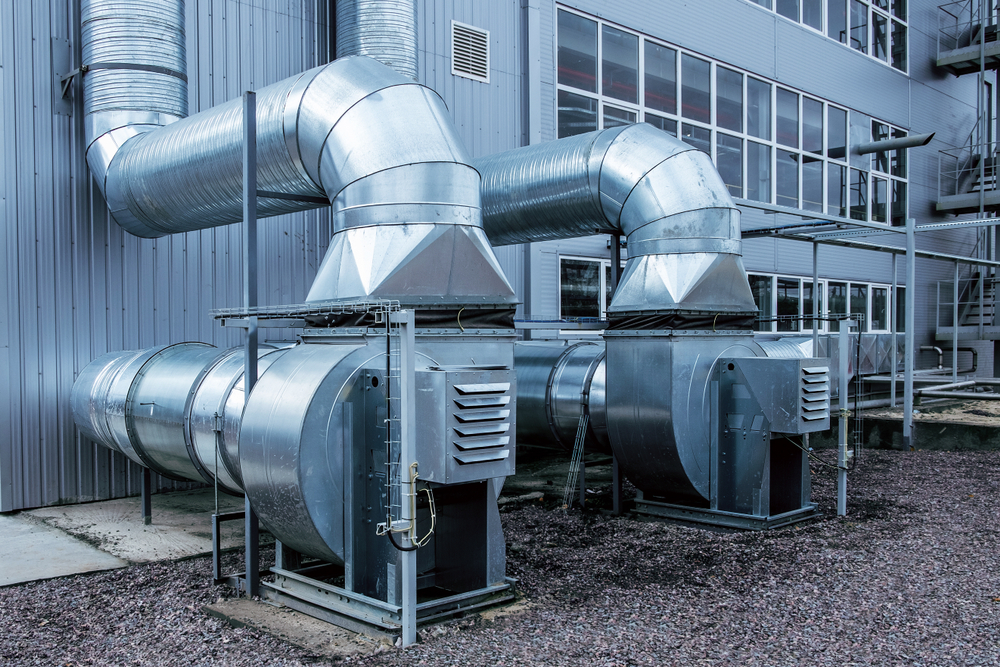The Michigan Occupational Safety and Health Administration (MIOSHA) formed an alliance with the Michigan Industrial Ventilation Conference (MIVC) to help prevent and reduce airborne contaminants through industrial ventilation.
The partners will raise awareness of MIOSHA’s rulemaking and enforcement initiatives pertaining to airborne contaminants, along with bolstering education, outreach, and training to protect Michigan workers across a wide range of industries.
“MIOSHA is pleased to formalize its longstanding relationship with the MIVC to expand critical education and outreach to reduce and prevent exposure to airborne contaminants in the workplace,” MIOSHA Director Bart Pickelman said in an agency statement.
“This alliance further cements the conference’s leadership in the industrial ventilation space, and we look forward to collaborating with them to reach more employers and protect more hardworking Michiganders.”
As part of the 3-year alliance program, MIVC partners will gain a greater understanding of the agency’s emphasis programs and occupational safety and health standards pertaining to airborne contaminants, as well as the rights of workers and the responsibilities of employers under the Michigan Occupational Safety and Health Act. The alliance team will meet at least three times per year to track and share information on activities and results in achieving the goals of the alliance.
“The MIVC looks forward to providing expert training and educational services and materials, as well as being an informational resource through this alliance with MIOSHA that will benefit the respiratory health of Michigan’s workplaces and their employees,” MIVC Executive Director Gregg Grubb says.
Michigan administers its own federally approved state occupational safety and health plan.
Focus on inhalation hazards
The MIOSHA-MIVC alliance is just the latest in a series of moves to address inhalation hazards.
While the federal Occupational Safety and Health Administration (OSHA) has withdrawn its COVID-19 emergency temporary standard (ETS), it is proceeding with a rulemaking for a permanent standard addressing infectious diseases, including COVID-19. The agency plans to issue a notice of proposed rulemaking (NPRM) for an infectious disease standard in April.
The standard could apply not just to healthcare facilities but also to coroners’ offices, correctional facilities, drug treatment programs, emergency response, homeless shelters, medical examiners, medical laboratories, pathologists, and mortuaries.
The Oregon Occupational Safety and Health Administration (Oregon OSHA) is developing a permanent standard for wildfire smoke exposures modeled on its 2021 ETS. The Oregon rule would include exposure monitoring, information and training, and respiratory protection requirements.
The National Academies of Sciences, Engineering, and Medicine concluded in a recent report that the respiratory protection needs of many U.S. workers are not being met by current regulatory requirements. Many independent contractors and self-employed and “gig” workers are not considered employees or employers and are not covered by OSHA regulations, the report found.
The report also identified respiratory protection supply chain issues.
Recommendations in the report included:
- Ensuring adequate coordination and authorities to protect the target community from inhalation hazards so that workers who are not currently protected by OSHA respiratory protection programs are adequately protected from inhalation hazards;
- Ensuring availability and access pathways for respiratory protective devices, preparing for future large-scale needs for worker and public respiratory protection, and coordinating stockpiling decisions; and
- Improving the timeliness of the National Institute for Occupational Safety and Health’s (NIOSH) testing and approval of occupational respirators and developing a separate approval process for protective devices used by the public.

